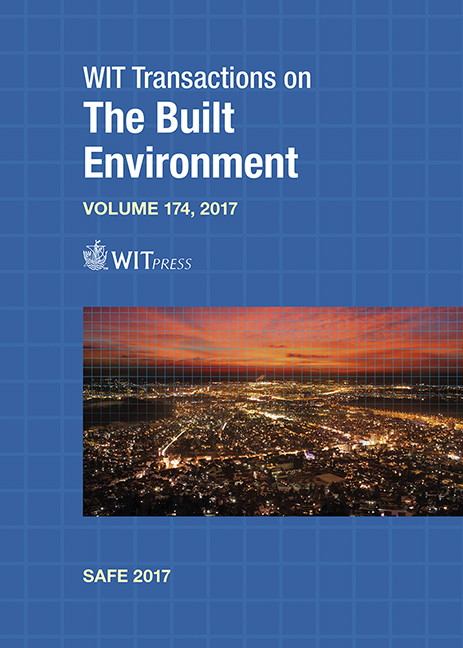REFERENCE STANDARDS IN A PHARMACEUTICAL LABORATORY: OCCUPATIONAL EXPOSURE LIMITS AND QUALITATIVE EVALUATION
Price
Free (open access)
Transaction
Volume
174
Pages
11
Page Range
357 - 367
Published
2018
Size
387 kb
Paper DOI
10.2495/SAFE170331
Copyright
WIT Press
Author(s)
LÍVIA DE MARTIN LAZZARI, BRUNO VIANNA DO AMARAL, PATRÍCIA DA CRUZ CUNHA
Abstract
Environmental risks in workplaces are often underestimated, particularly chemical risks because they require specific technical knowledge. In an industrial pharmaceutical laboratory, many substances may become a risk to workers’ health. A qualitative evaluation book, published by Jorge Duprat Figueiredo Foundation for Safety and Occupational Medicine (Fundacentro) in 2012, uses the Globally Harmonized System of Classification and Labelling of Chemicals (GHS) to evaluate the chemicals toxicity. According to this methodology, the substances are divided into six groups. Groups A to E indicate health damage caused by inhalation or ingestion of substances. Being the most toxic allocated in category E, and less toxic or without GHS classification, covered by classification A. S group covers chemicals that can cause damage when in contact with skin or eyes. In this work, the Reference Standards (RS) of an industrial pharmaceutical laboratory were analysed by the mentioned methodology and quantitatively by exposure limits listed by American Conference of Governmental Industrial Hygienists (ACGIH) in 2014 and Brazilian Regulatory Norm number 15 (NR-15). The RS (357 units) were classified; 8.4% presented some limit described by ACGIH 2014 and 3.9% have some exposure limit informed by the NR-15. For the RS classified as D or E (highly toxic), only 4.2% have substances cited by the NR-15 and 12.6% have substances listed by ACGIH 2014. In the qualitative evaluation, 43.4% of the RS presented risks when in contact with skin (S group). Only 2.5% have this risk by ACGIH and 0.8% by NR-15. The results showed that for a good recognition of chemical hazards, quantitative and qualitative analysis must be done together. Several substances have no quantitative limits and their toxicological effects are unknown, making the purely quantitative analysis insufficient to ensure the workers’ health and safety.
Keywords
GHS, ACGIH, NR-15, qualitative analysis, quantitative analysis





